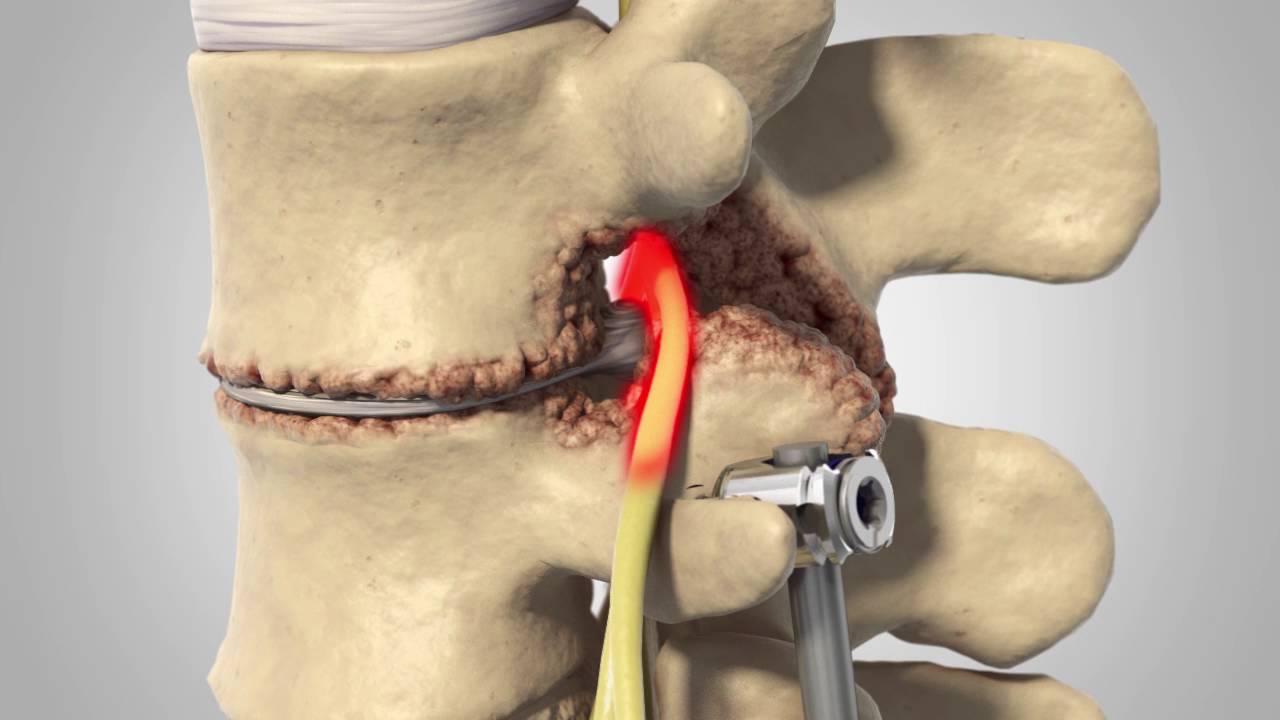Directional Preference and Functional Outcomes Among Subjects Classified at High Psychosocial Risk Using STarT
SOURCE: Physiother Res Int. 2018 (Mar 14) [Epub]
Mark W. Werneke, Susan Edmond, Michelle Young, David Grigsby, Brian McClenahan, Troy McGill
Doctoral Programs in Physical Therapy,
Rutgers, The State University of New Jersey,
Newark, NJ, USA
BACKGROUND AND PURPOSE: Physiotherapy has an important role in managing patients with non-specific low back pain who experience elevated psychosocial distress or risk for chronic disability. In terms of evidence-based physiotherapy practice, cognitive-behavioural approaches for patients at high psychosocial risk are the recommended management to improve patient treatment outcomes. Evidence also suggests that directional preference (DP) is an important treatment effect modifier for prescribing specific exercises for patients to improve outcomes. Little is known about the influence of treatment techniques based on DP on outcomes for patients classified as high psychosocial risk using the Subgroups for Targeted Treatment (STarT Back Screening Tool). This study aimed to examine the association between functional status (FS) at rehabilitation discharge for patients experiencing low back pain classified at high STarT psychosocial risk and whose symptoms showed a DP versus No-DP.
METHODS: High STarT risk patients (n = 138) completed intake surveys, that is, the lumbar FS of Focus On Therapeutic Outcomes, Inc., and STarT, and were evaluated for DP by physiotherapists credentialed in McKenzie methods. The FS measure of Focus On Therapeutic Outcomes, Inc., was repeated at discharge. DP and No-DP prevalence rates were calculated. Associations between first-visit DP and No-DP and change in FS were assessed using univariate and multivariate regression models controlling for 11 risk-adjusted variables.
RESULTS: One hundred nine patients classified as high STarT risk had complete intake and discharge FS and DP data. Prevalence rate for DP was 65.1%. A significant and clinically important difference (7.98 FS points; p = .03) in change in function at discharge between DP and No-DP was observed after controlling for all confounding variables in the final model.
CONCLUSION: Findings suggest that interventions matched to directional preference (DP) are effective for managing high psychological risk patients and may provide physiotherapists with an alternative treatment pathway compared to managing similar patients with cognitive-behavioural approaches. Stricter research designs are required to validate study conclusions.
KEYWORDS: STarT; directional preference; low back pain; outcome measurement
From the FULL TEXT Article:
INTRODUCTION
Directional preference (DP) is an important examination finding identified within many treatment-based physiotherapy classification systems in the United States and internationally (Delitto, Erhard, & Bowling, 1995; McKenzie & May, 2004; Petersen et al., 2003). DP is identified if the patient’s most distal pain intensity decreased, abolished, or centralized, and/or their lumbar range of motion improved in response to repeated end range movement tests or positional loading strategies following McKenzie methods (McKenzie & May, 2004). The prevalence rates reported for DP observed during initial evaluation ranged between 60% and 78% (May & Aina, 2012). Clinical interest by physiotherapists for identifying DP during the initial evaluation of patients with non-specific low back pain (NSLBP) is supported by recent data published in several reviews (Long, Donelson, & Fung, 2004; Long, May, & Fung, 2008; Werneke et al., 2011).
Evidence also suggests that when DP is used as a treatment effect modifier to inform treatment of patients with NSLBP, clinical outcomes are improved (May & Aina, 2012). Specifically, clinical trials have demonstrated significantly better treatment outcomes when patients are randomized to the appropriate DP exercises compared to other types of exercises or interventions (Brennan et al., 2006; Browder, Childs, Cleland, & Fritz, 2007; Long et al., 2004). For example, Long et al. (2004) randomized patients into treatment groups either matching or unmatching exercises according to the patient’s DP. The results demonstrated greater reductions in disability over a 2-week follow-up period when the specific exercise regimen was matched to the patient’s DP compared to the group receiving unmatched exercise prescriptions. Long et al. (2008) also reported that patients with a DP who received matched exercise treatment according to the patient’s DP had a 7.8 times greater likelihood of a good outcome compared with those who did not receive matched exercises (Long et al., 2008).
The spine literature recognizes that patients with NSLBP are biopsychosocially complex because of known interacting effects between sociodemographic, psychosocial, and biomechanical or physical factors experienced by each individual patient (O’Sullivan, Caneiro, O’Keeffe, & O’Sullivan, 2016). Psychosocial screening is considered a high priority for clinicians to identify patients for elevated pain-related psychosocial distress because such distress is a known precursor for increased risk of chronic disability and/or delayed treatment recovery (George & Beneciuk, 2015). To assist clinicians to accurately identify patients by psychosocial risk, Hill et al. (2008) developed a nine-item multidimensional biopsychosocial screening measure, that is, Subgroups for Targeted Treatment (STarT) Back Screening Tool. A primary purpose for STarT screening was to target treatment strategies for each of the three STarT risk patient subgroups, that is, low, medium, or high.
For patients with NSLBP who are classified at high psychosocial risk during the initial evaluation, contemporary clinical practice guidelines (Airaksinen et al., 2006) recommend managing these patients according to the biopsychosocial model, which endorses interdisciplinary treatments combining medical, physiotherapy, and mental health care services to improve patient outcomes and decrease health care costs (Hill et al., 2011; Foster et al., 2014). For those patients classified at high-risk using the STarT tool, the recommended treatment is formal cognitive-behavioural approaches (CBA) augmented by evidence-based physiotherapy intervention. To equip front-line clinicians with the necessary CBA intervention skills to effectively manage these high-risk patients, physicians and physiotherapists were recommended to attend advanced CBA educational and training programs (Sowden et al., 2012). Foster et al. (2014) reported large clinically important differences in 6-month patient self-report disability outcomes for high STarT risk patients prescribed with CBA-targeted treatments following STarT stratified management approach compared to similar patients receiving usual care in family practice.
There is scant guidance for physiotherapists treating patients with NSLBP when both favourable (i.e., DP) and unfavourable (i.e., high STarT risk) prognostic indicators are identified during the initial examination. The purpose of this study was therefore to examine the association between changes in functional status (FS) outcomes at discharge from rehabilitation among high STarT risk patients experiencing low back pain with a DP versus No-DP at baseline. We hypothesize that patients classified at high STarT risk whose symptoms show a first-visit DP and whose treatment was matched to their DP will achieve better FS outcomes at discharge from physiotherapy services compared to those high STarT risk patients whose symptoms do not demonstrate DP. Because prior evidence suggests that patients demonstrating DP can be rapidly and successfully treated with the performance of matching directional exercises (Long et al., 2004; Long et al., 2008), we believe that high STarT risk patients with DP are actually low-risk patients despite their baseline STarT Back score. If results from this study are promising, further research using stricter designs would be required to examine if targeted treatment using DP-matched exercises versus the STarT stratification treatment approach produces better outcomes.
SOURCE: Read the rest of this Full Text article now!






Leave A Comment